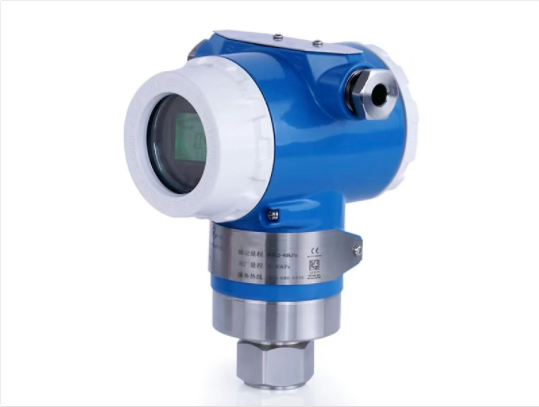BETTER TOUCH BETTER BUSINESS
Contact Sales at KAIDI.
A flow meter is an instrument used to measure the flow of fluid in a pipeline or open channel. It measures the flow of fluids, liquids, or gases through a closed transmission system.
Flow meters are divided into differential pressure flow meters, rotor flow meters, throttling flow meters, slit flow meters, volumetric flow meters, electromagnetic flow meters, and ultrasonic flow meters. Classified by medium: liquid flow meter and gas flow meter.
These different flow meters have different functional principles. For example, an orifice flowmeter calculates the fluid flow at the entrance cross-section of a narrow, restricted opening (called an orifice) and the exit cross-section of the orifice. On the other hand, a rotameter-type flow meter can measure the volume flow inside multiple tubes placed in different areas of the transfer tube.
We can think that the wholesale water flow meter is composed of two parts: the sensor and the signal processor. This structure can be installed separately or as a whole.So, the signal processing part here is the Flow Transmitter we are going to talk about next.
The flow transmitter is an important part of the flowmeter. It is a flow meter with an integrated circuit as its operating system. In the flow transmitter, the flow measurement activity is executed by the electronic circuit after receiving the command from the operator. Since flow transmitters have electronic circuits, these devices can be used to control and monitor fluid flow.
A transmitter is a converter that converts the output signal of the sensor into a signal that can be recognized by the controller. It can also convert the non-electricity input from the sensor into an electrical signal and amplify the signal source for remote measurement and control.
There are many types of transmitters. The transmitters used in industrial control instruments mainly include temperature transmitters, pressure transmitters, ultrasonic flow transmitters, current transmitters, voltage transmitters, and so on. Among various types of instruments, transmitters have the most extensive and common applications.
Therefore, the magnetic flow transmitter converts the flow signal collected from the flow sensor into an electrical signal. The various electrical signals that have been converted are used to facilitate the reception and transmission of other instruments or control devices. Through the electronic circuit again.

The flow meter is designed to measure flow. On the other hand, flow transmitters can not only measure flow. They can also help control and monitor flow.
The flow meter is a standard mechanical system, such as an orifice plate, pressure gauge, etc. On the other hand, the flow transmitter has a mechanical body and an electronic function circuit.
The flow meter is designed for manual field applications. However, the flow transmitter can be operated remotely.
Flow transmitters are commonly used in various industries, including but not limited to:
Food & Beverage
Industrial production process
Environmental protection project: Water and wastewater
Pulp & paper
Pharmaceutical
Biotechnology
Oil & Gas
Energy metering
Metals and Mining
Marine
Power & Utilities
Transportation
Chemical
Textile
Building Automation
Micro Electronics
Biotechnology
Marine meteorology, rivers and lakes
We are here to help you! If you close the chatbox, you will automatically receive a response from us via email. Please be sure to leave your contact details so that we can better assist